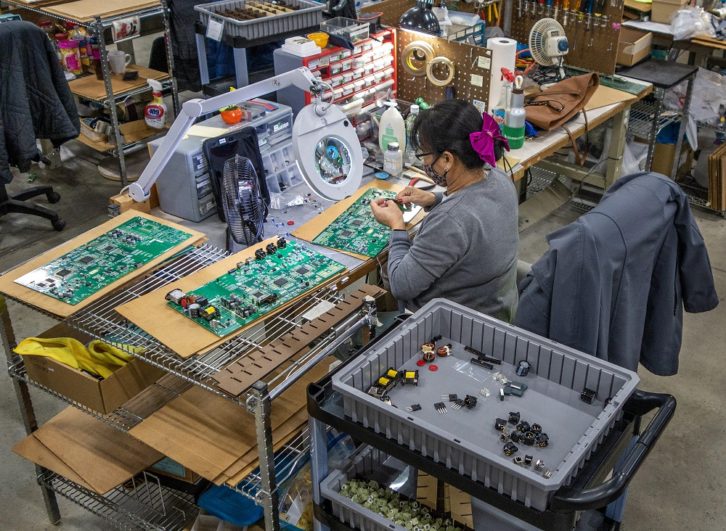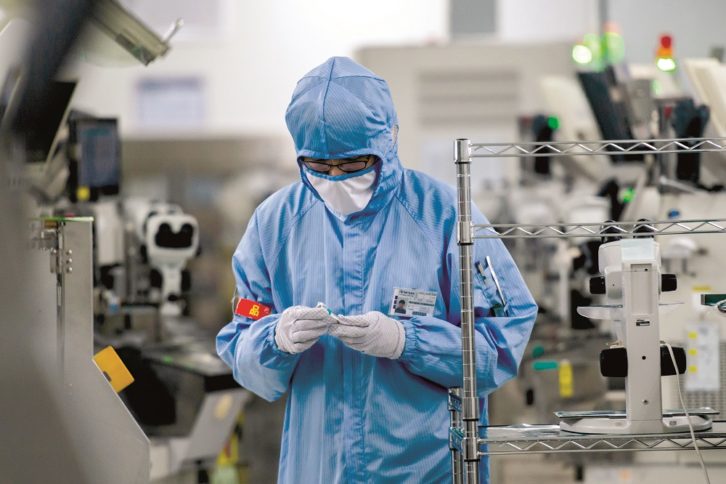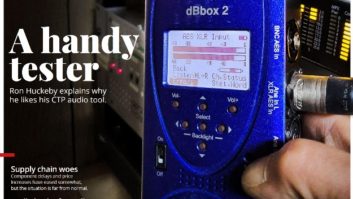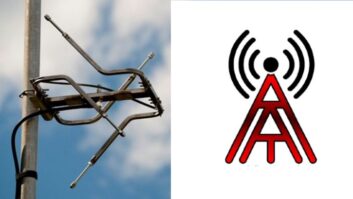The return to a more normal broadcast equipment supply chain will have to wait a bit longer, as component delivery issues persist for many manufacturers.
Interruptions or delays in shipping transmitters, consoles and monitors may ease in the New Year, according to observers, who speculate that the rise of costs for radio projects may have slowed. But the situation is far from what it was before the pandemic.
At their worst, component orders were taking 50 or 60 weeks and in some cases even longer. There have since been small improvements in wait times, according to equipment makers and vendors who spoke on condition of anonymity.
Helping somewhat was news that China’s manufacturing sector has mostly reopened. But fears that new COVID outbreaks may disrupt production of computer chips and components persist, according to multiple media reports.
Opinions about the situation from our industry sources vary widely.
“Although some in the media are saying supply chains are improving, we have largely yet to see it on the ground,” said an executive with one codec manufacturer.
“In essence, there haven’t been a lot of changes in the last six months. The earliest we can see any signs of normality returning to the market for components would be 2024, but this could easily stretch into 2025.”
That level of pessimism was commonplace among responders in the electronics equipment sector as vendors try their best to mitigate supply issues and the risks associated with them.
“The IC [integrated circuit] shortage is still real,” said one vendor who works with both consoles and software. “It has improved some, but you will still see some ICs with lead times of six to12 months. We went ahead and purchased two years’ worth of ICs so that we don’t have any shortages on our end.”

Component shortages are widespread, according to an audio processor manufacturer. “From programmable ICs to metalwork to you-name-it. We have received quotes for 102-week lead times on some items. We have placed scheduled orders into mid-2024 to make sure we have sufficient components.”
Equipment production flexibility appears to be more important than ever in this business climate.
“We redesigned several subassemblies to use more commonly available parts and have standardized available components across multiple product lines,” the person said. “Additionally, we will be introducing multiple new products in 2023 that use a common hardware platform.”
[Related: “Supply Chain Constraints Rock Equipment Suppliers“]
Another automation supplier reported component prices continue to climb.
“Two factors are feeding this: general inflation in the economy, as well as inflationary pressures due to component supply shortages. This will continue, and we foresee equipment price rises for most manufacturers will be inevitable to maintain profitability.
“Some equipment manufacturers who outsource manufacturing may not be as well placed to manage or absorb the increased cost of chips and other components, as the margins will be higher when added to the overall manufacturing cost,” this executive said.
Shipping delays of microchips are real, according to a transmitter manufacturer: “Things are becoming easier to manage. Distributors have had more stock in the last six months. But the lead times are still unreliable. For us backorders that were projected for January and February of 2023 have moved to the end of 2023.”
One transmitter maker said their company was a bit more optimistic heading into 2023: “As far as what I see, yes, things are getting better and prices are coming down. Not back to normal, but not nearly as bad as it has been. We continue to ship all of our products from stock. No delivery delays.”

A slower economy actually could help alleviate some of the component shortages, said one observer with ties to the broadcast equipment sector.
“We are already seeing raw material prices dropping back to 2019 numbers because of less demand, which is a direct result of the slowing economy. The problem is, as you have seen with COVID, and the Russian invasion of Ukraine, all of this can change overnight. Pricing continues to be very volatile.”
A radio project integration executive told Radio World the shortage of electrical components and inflated costs are having a two-fold effect on broadcasters’ projects.
“The supply chain issues are no longer unexpected, so most projects happening at this point have already accounted for long lead times in the schedule. So while there are fewer unexpected delays, there is certainly still a schedule impact. And major equipment purchasing is now being shifted closer to the start of the project planning phase.”
The integrator says broadcasters should keep lines of communication open with manufacturers and vendors to ensure a smooth timeline for their projects.
“They’re facing the same challenges that end customers are, just on a different scale. Getting into their pipeline and reinforcing your purchase intent early will help keep your project on schedule.”












